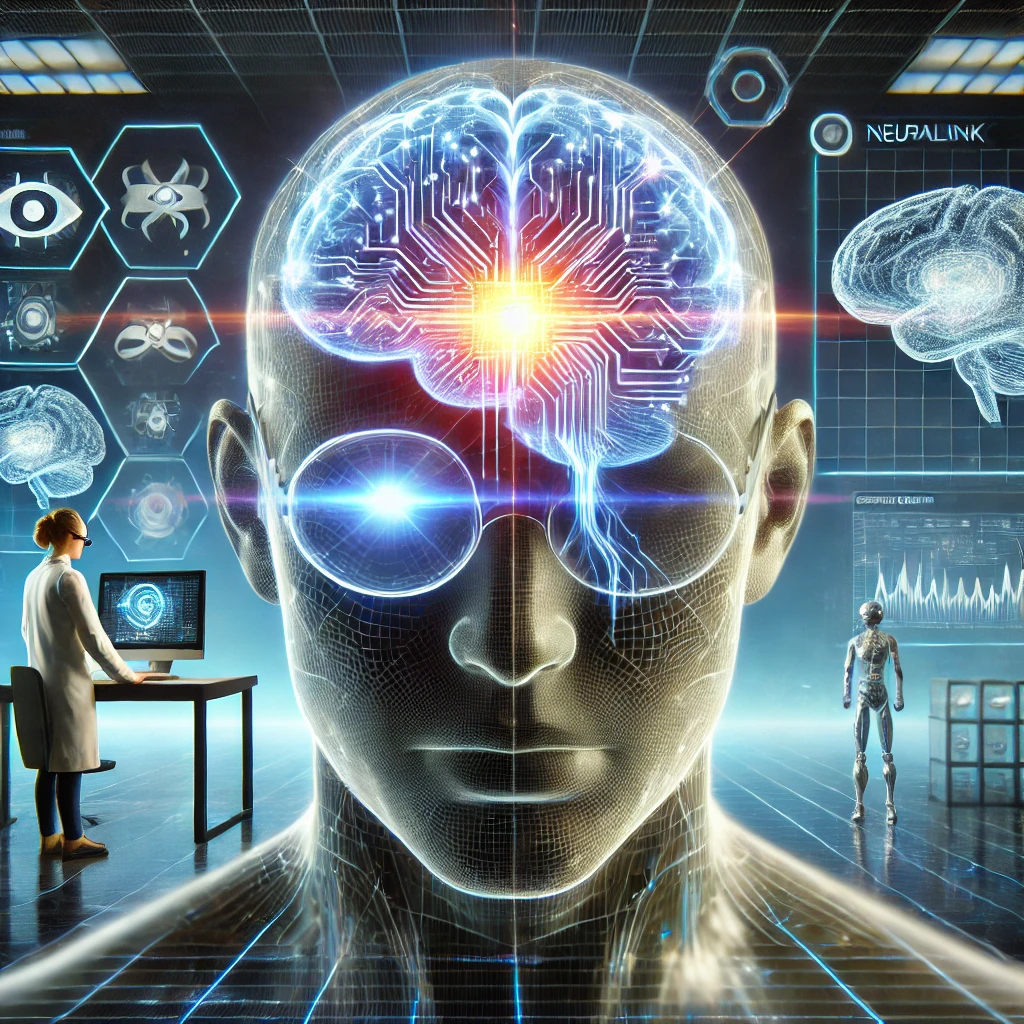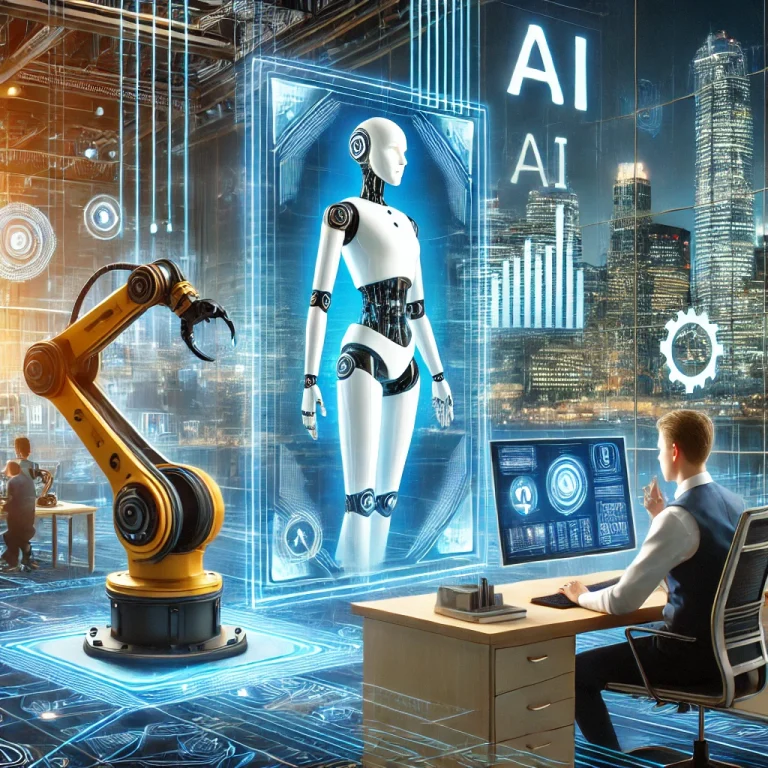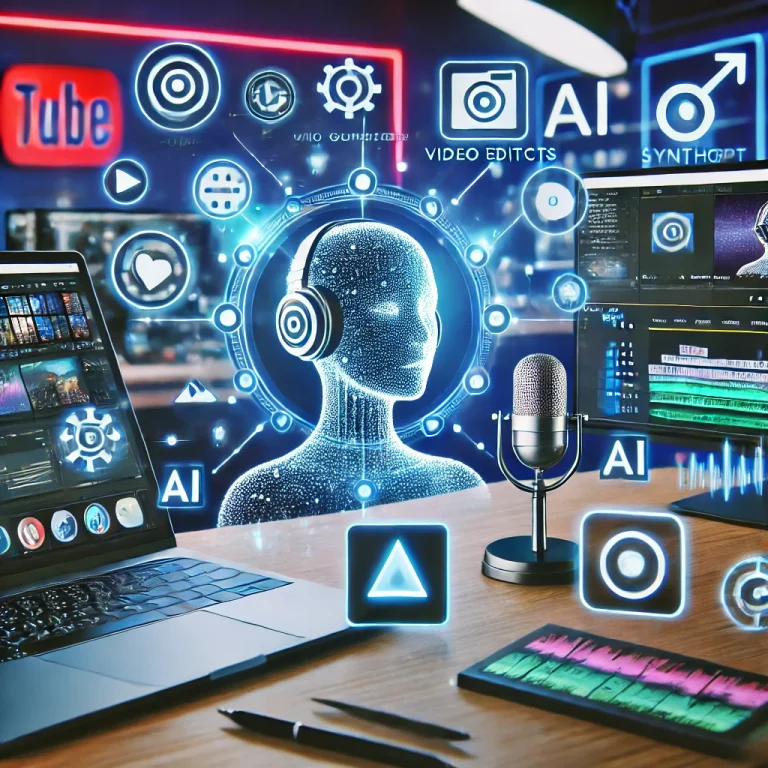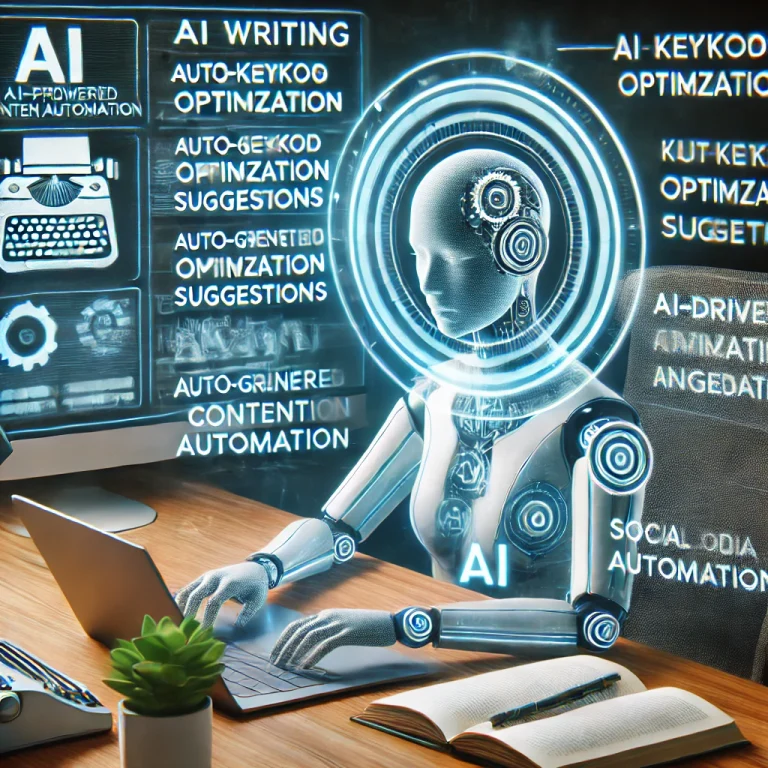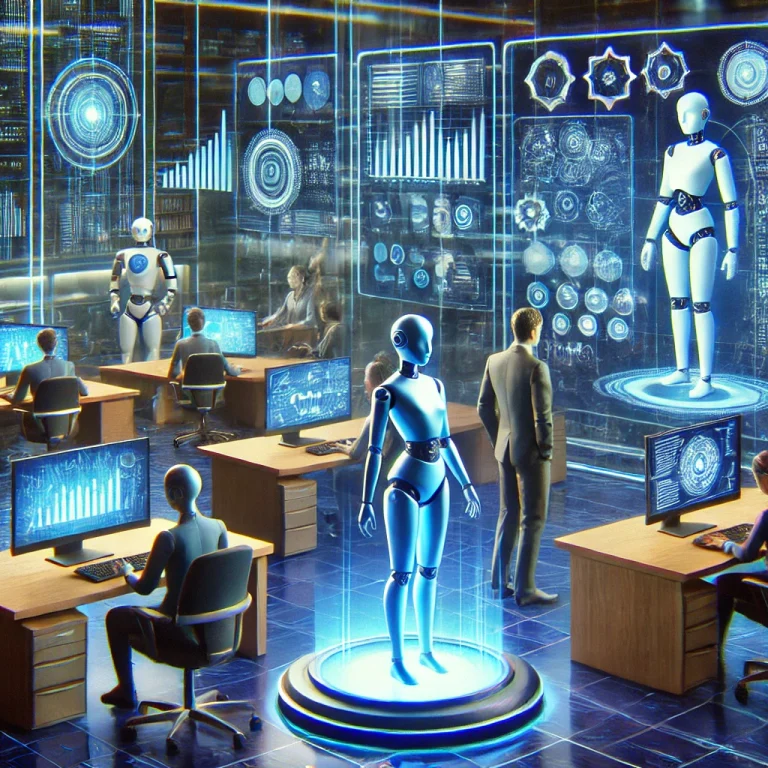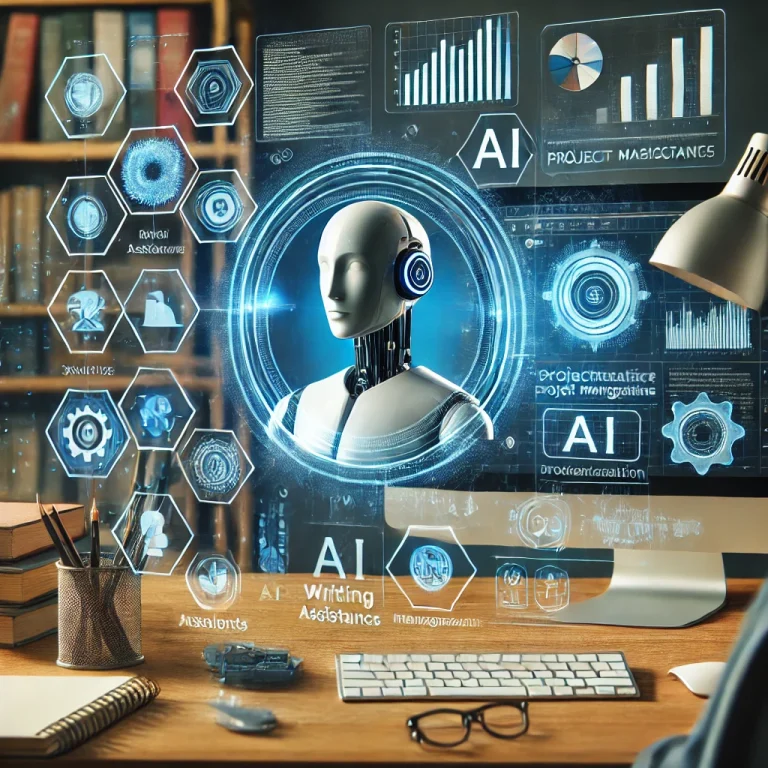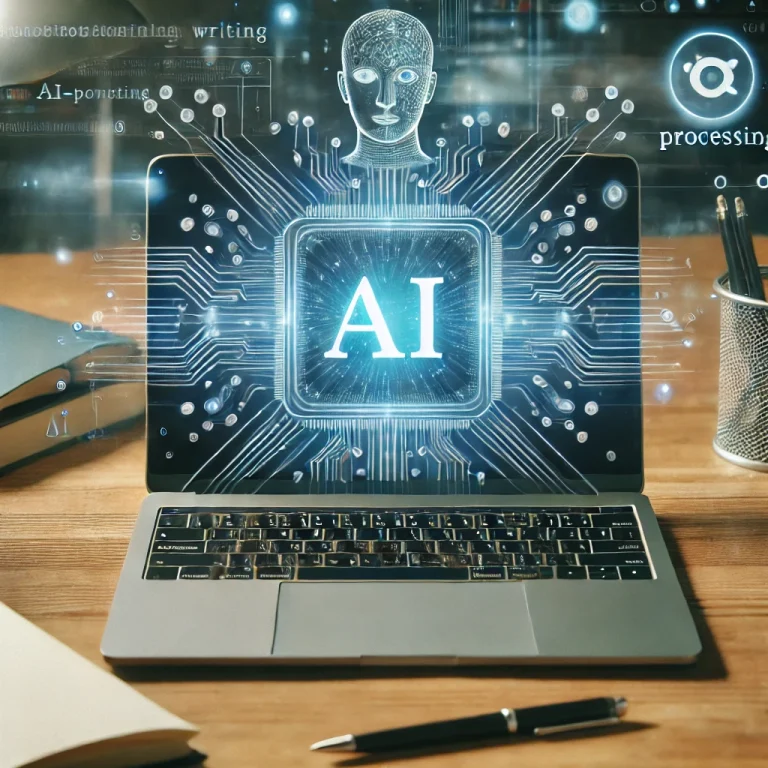Elon Musk’s Neuralink: Are We Becoming Cyborgs?
Introduction
In an era where technology is advancing at an unprecedented pace, Neuralink, a brain-computer interface (BCI) company founded by Elon Musk, is leading the charge in merging the human mind with artificial intelligence. The idea of enhancing cognitive abilities and controlling devices using thought alone is no longer science fiction—it is a developing reality. But with these advancements, a question arises: Are we on the path to becoming cyborgs?
This deep-dive article explores what Neuralink is, how it works, its potential impact on the future of humanity, and the ethical concerns surrounding its development.
What Is Neuralink?
Neuralink is a brain-machine interface (BMI) designed to facilitate direct communication between the human brain and computers. Founded in 2016 by Elon Musk, the company’s goal is to enhance human capabilities, treat neurological disorders, and eventually allow a symbiotic relationship between humans and AI.
Key Features of Neuralink:
- Ultra-Thin Electrodes: Also known as “threads,” these electrodes are implanted in the brain to read and transmit neural signals.
- Wireless Data Transmission: The implanted chip can communicate with external devices without physical connectors.
- Real-Time Brain Monitoring: Allows detailed observation and interaction with the brain’s electrical activity.
- AI Integration: Can potentially enhance cognitive functions and memory.
- Minimally Invasive Surgery: Neuralink uses a robotic surgeon to implant the device with precision, minimizing risks.
How Does Neuralink Work?
Neuralink’s system consists of a tiny chip, known as the N1 Implant, which is surgically embedded into the brain. The chip connects with neurons via ultra-thin electrodes, allowing it to read and transmit brain signals. These signals are then processed and sent wirelessly to a computer or smartphone, enabling the user to control devices through thought alone.
Step-by-Step Process:
- Implantation: A robotic surgeon inserts the chip into a specific region of the brain.
- Neural Data Collection: The chip records electrical activity from neurons.
- Signal Processing: Neural signals are decoded using AI algorithms.
- Wireless Transmission: Data is transmitted to external devices (phones, computers, prosthetics, etc.).
- Device Control: Users can control digital interfaces, robotic limbs, or even communicate without speaking.
Applications of Neuralink
1. Medical Innovations
One of Neuralink’s primary goals is to cure neurological diseases and improve the quality of life for patients with severe conditions:
- Paralysis Treatment: Neuralink aims to help paralyzed individuals control computers and prosthetics using brain activity.
- Blindness & Deafness Restoration: The chip has the potential to bypass damaged sensory pathways and restore lost senses.
- Mental Health Treatments: Neuralink could be used to treat conditions like depression, anxiety, PTSD, and schizophrenia.
- Memory Enhancement: For individuals with Alzheimer’s or brain injuries, Neuralink could restore lost memories or enhance memory recall.
2. Human-AI Integration
Elon Musk envisions a future where humans and AI merge, preventing artificial intelligence from surpassing humanity. With Neuralink:
- People could interface with AI without the need for keyboards or screens.
- Instant access to vast amounts of information (like a digital super-brain) could become possible.
- Thought-based communication (telepathy) between individuals could become a reality.
3. Military & Defense Applications
Governments may explore using Neuralink for military enhancements:
- Cognitive Augmentation: Soldiers could process information faster.
- Brain-Controlled Weapons & Drones: Hands-free operation of military equipment.
- Trauma Recovery: Faster rehabilitation for injured soldiers.
4. Gaming & Virtual Reality (VR)
The gaming industry could undergo a massive revolution:
- Fully immersive VR and AR experiences controlled by thought.
- Brain-to-game interaction, eliminating the need for traditional controllers.
- eSports players could gain enhanced reaction times through brain signal processing.
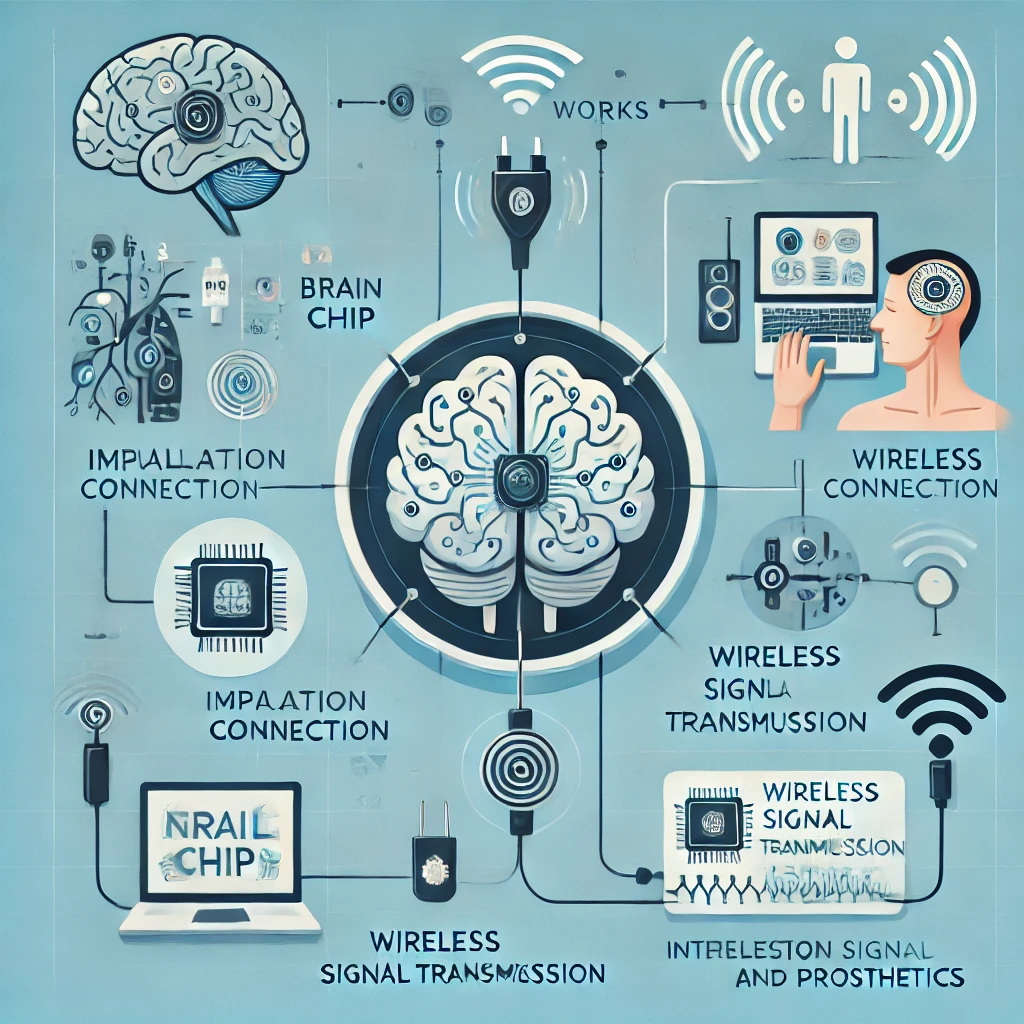
Ethical & Safety Concerns
While Neuralink presents exciting possibilities, it also raises ethical, privacy, and safety concerns.
1. Privacy & Data Security
- Could brain data be hacked or manipulated?
- Who owns the collected neural data—the user, Neuralink, or a third party?
2. Social Inequality & Accessibility
- Will Neuralink only be available to the wealthy, creating a technological divide?
- Could enhancements lead to a new class of ‘superhumans’ vs. regular humans’?
3. Psychological & Emotional Risks
- Could direct brain-computer interactions alter human identity, emotions, and free will?
- What if AI-integrated brains cause dependency or mental instability?
4. Long-Term Health Risks
- Will implanted chips degrade over time, requiring frequent surgical replacements?
- What are the long-term effects of brain-computer integration on human cognition?
Are We Becoming Cyborgs?
By definition, a cyborg is a being with both biological and artificial components. Neuralink, in many ways, is a step toward cyborg augmentation. If successfully implemented at scale, humanity may experience:
- Enhanced intelligence and direct access to the digital world.
- The ability to interact with AI seamlessly.
- Improved physical and cognitive abilities beyond natural human limits.
Elon Musk himself has stated that Neuralink is humanity’s best chance to keep up with AI. While full cyborg transformation is still a long way off, Neuralink is laying the foundation for human-AI integration.
The Future of Neuralink
The next 5-10 years will be crucial in determining whether Neuralink can truly revolutionize human interaction with technology. Key developments to watch for: ✅ FDA approvals and clinical trials for human applications.
✅ Mass production & commercial availability of Neuralink devices.
✅ Advancements in AI-driven neurotechnology.
✅ Integration with emerging fields like biotechnology and quantum computing.
While many challenges remain, Neuralink represents the frontier of human evolution—where science fiction is rapidly turning into reality.
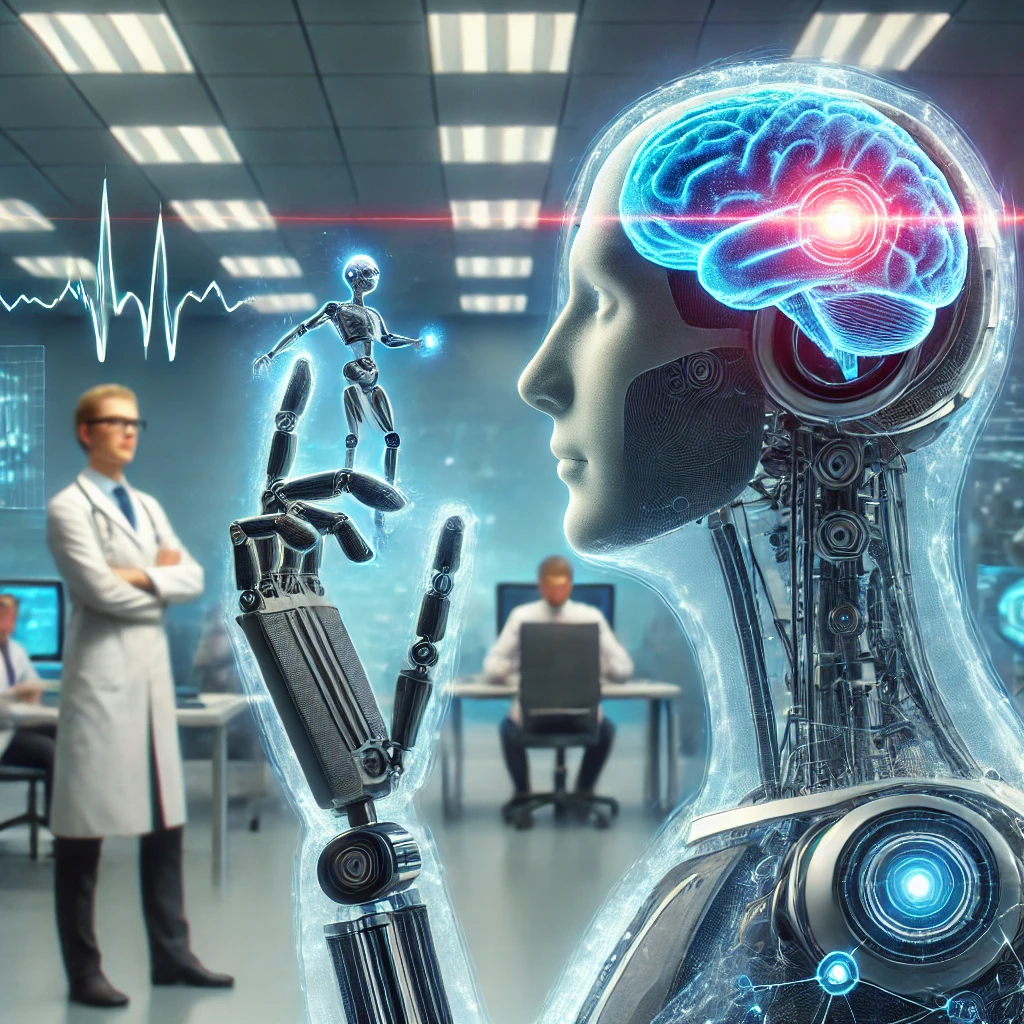
Conclusion
Neuralink is not just another tech product; it is a paradigm shift in human potential. The promise of curing diseases, enhancing cognitive abilities, and bridging the gap between humans and AI could redefine what it means to be human. However, ethical dilemmas, security risks, and social concerns must be addressed before it becomes a mainstream technology.
Final Takeaways:
📌 Neuralink is a brain-computer interface that allows direct interaction between the brain and machines.
📌 The technology has revolutionary medical applications but also raises ethical concerns.
📌 If successful, Neuralink could transform humans into enhanced cyborgs.
📌 The future of human-AI integration depends on how society handles its risks and benefits.
The question remains: Are we ready to take the next step in human evolution? 🚀
